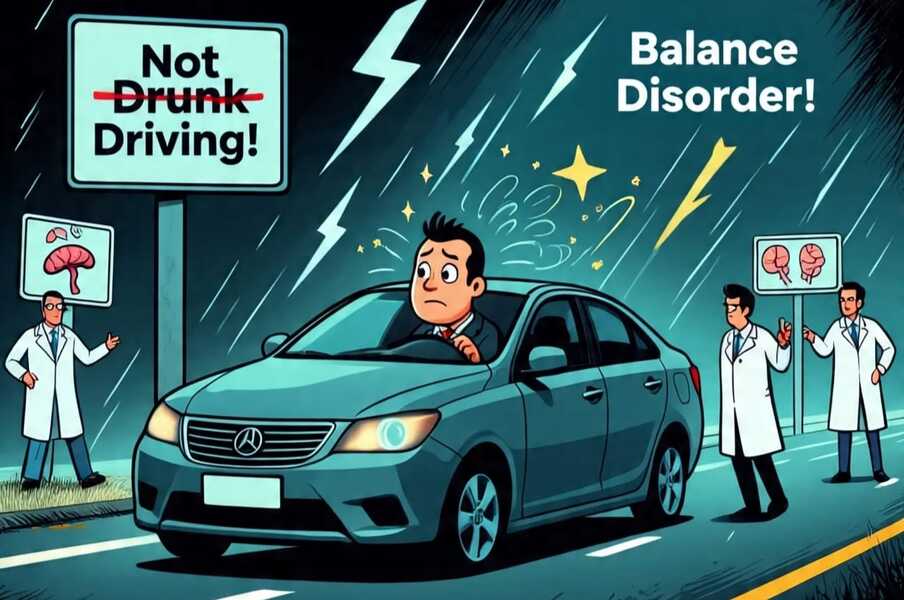- Sudden Loss of Control
- Doctors identify Motorist Vestibular Disorientation Syndrome
- Special Interview with Dr. Lasya Sindhu, Neuro Otologist
Article Today, Hyderabad:
Drivers often attribute loss of balance on the road to fatigue or lack of sleep. However, specialists warn that such episodes may point to a neurological condition. The disorder, known as Motorist Vestibular Disorientation Syndrome, is emerging as a significant cause of accidents. International studies suggest that nearly 50 per cent of road mishaps may be linked to this condition.

A Hidden Cause
According to Dr. Lasya Sindhu, ENT Neuro Otologist at City Neuro Hospital, Hyderabad, the condition occurs when the brain’s balance system does not coordinate properly with the eyes. Drivers may feel sudden giddiness, nausea, or disorientation. In such moments, they often release the steering wheel, leading to accidents. Unlike drunken driving, this is not related to alcohol consumption.
Increasing Incidence
Many drivers remain unaware of the disorder. They mistake giddiness for tiredness or gastric problems. The condition is more common among those suffering from anxiety, depression, or mental stress. Research shows that 66 per cent of drivers experience disorientation at high speeds, 58 per cent while turning curves, and 40 per cent when other vehicles pass by. Elevated roads and bridges also trigger the problem in 25 per cent of cases.
The Brain’s Role
Driving requires precise spatial cognitive ability. The optic nerve helps in vision, while the oculomotor nerve controls eye movement. The vestibulocochlear nerve plays a vital role in balance. If it malfunctions, drivers may lose orientation and control. Other systems such as the motor cerebellar network and extrapyramidal system also contribute. The condition is frequently seen among truck and lorry drivers. Dr. Sindhu notes that 55 per cent of affected drivers report severe giddiness and loss of control.
Diagnosis and Treatment
The symptoms of this syndrome often resemble those of a heart attack. Patients experience sweating, palpitations, and cold limbs. However, tests such as ECG usually show normal results. Unfortunately, fitness certification for drivers does not include balance system evaluation. With timely diagnosis, the condition can be treated through medicines or balance exercises. The problem is more common in individuals aged 30 to 45 years, with 60 per cent reporting migraine and 50 per cent suffering from nausea.
Need for Awareness
Experts stress the importance of awareness to reduce accidents linked to this hidden disorder. Regular medical check-ups for professional drivers could help in early detection. For guidance or medical support, Dr. Sindhu has provided a Contact Number 80086 94369.



